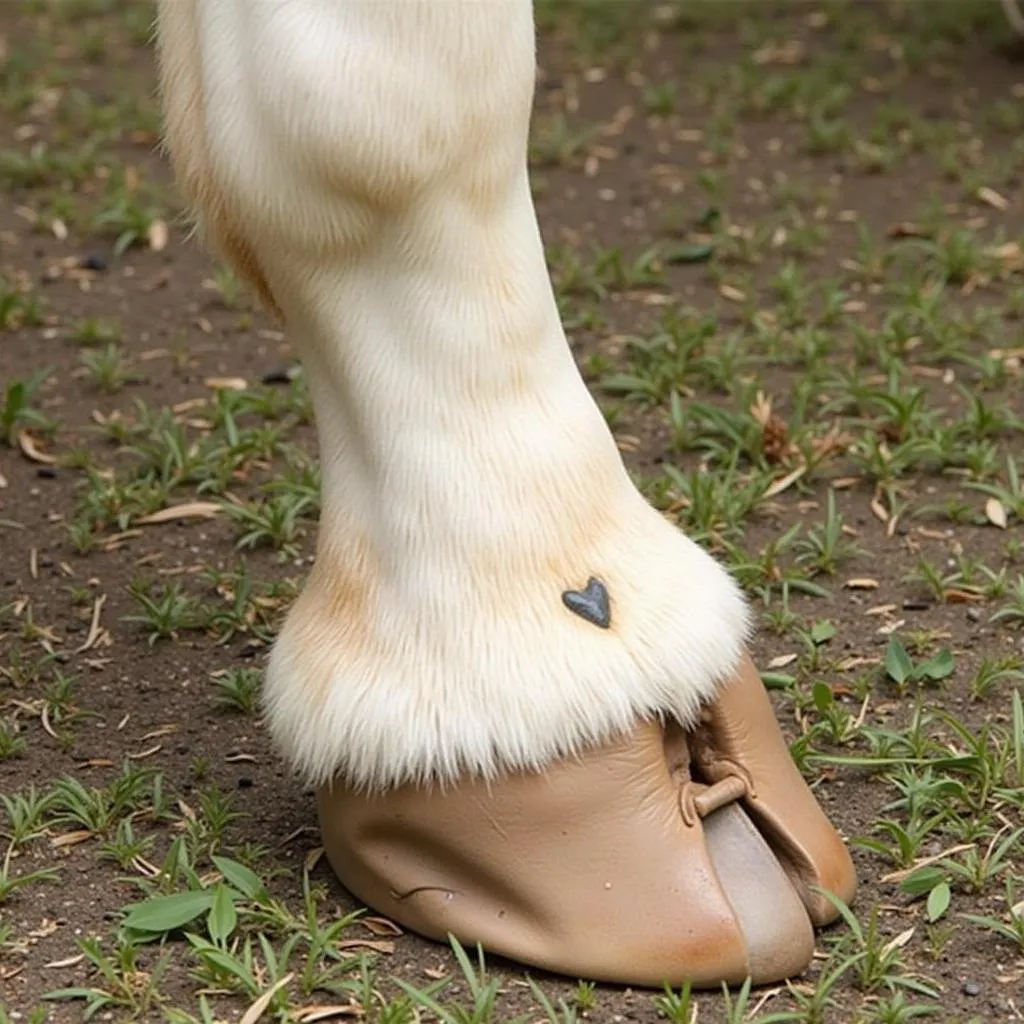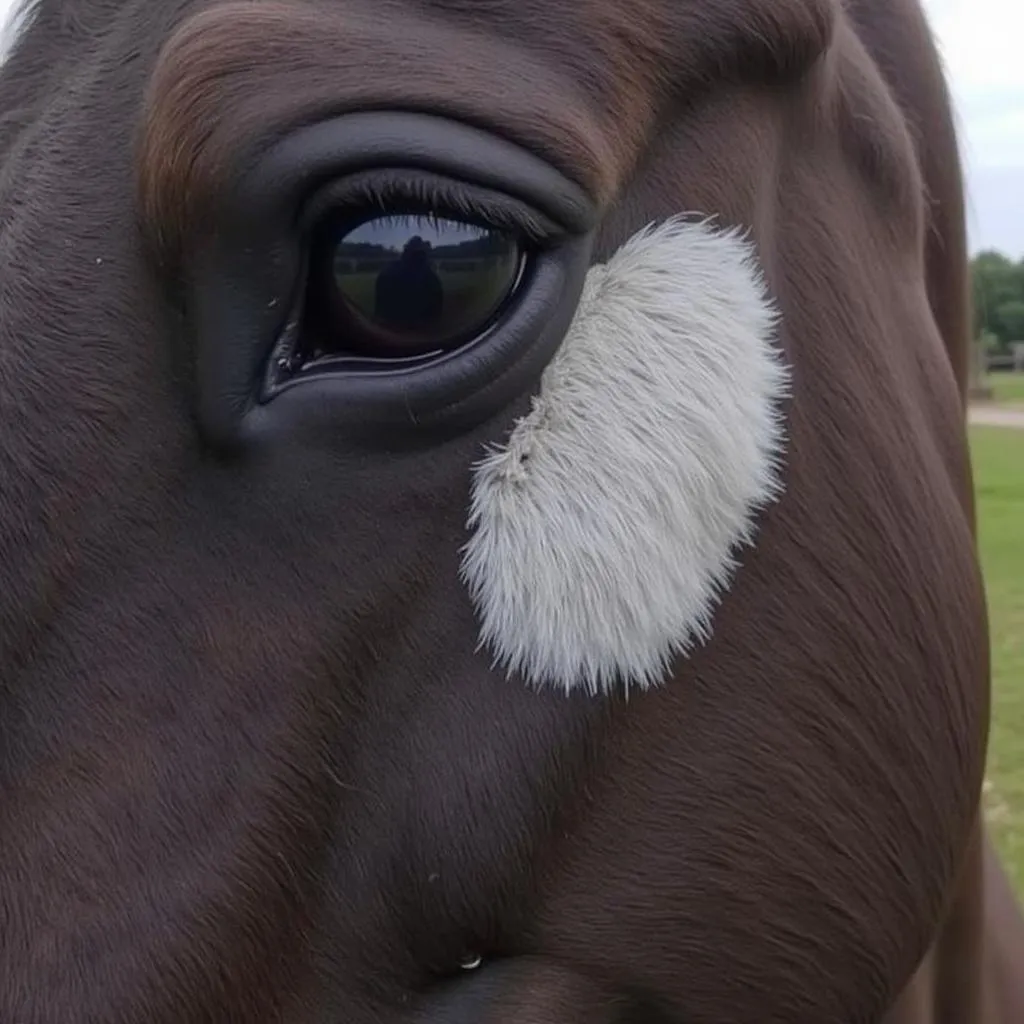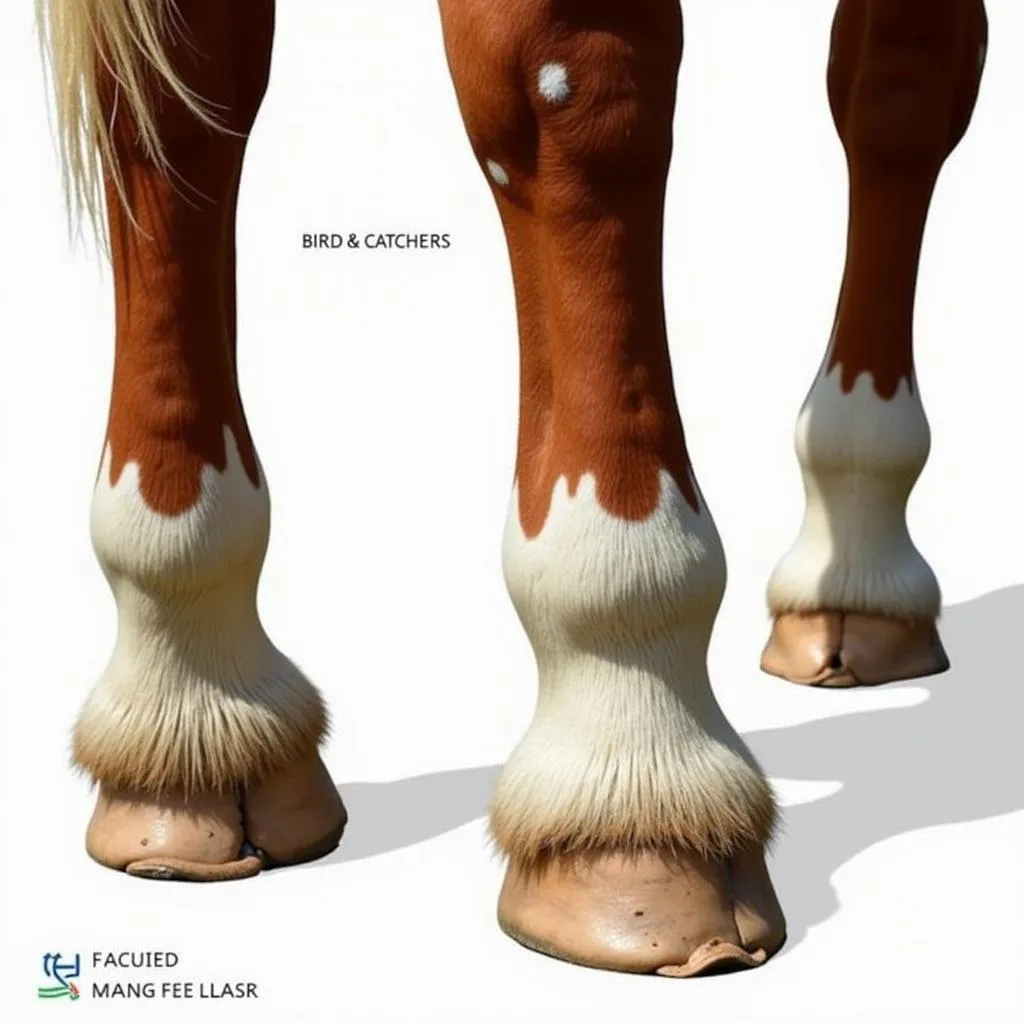The term “bird catcher” may seem like a peculiar phrase in the context of horses. However, it actually refers to a specific type of spot on a horse’s body, known for its characteristic “bird-catching” shape. This spot is not just an interesting quirk; it holds valuable insights into horse anatomy, breeding, and even health conditions.
What Are Bird Catcher Spots?
Bird catcher spots, also known as bird catcher markings, are irregularly shaped patches of white hair that appear on a horse’s coat. These spots are often found on the horse’s legs, face, or even the body. The most common location is the fetlock, which is the joint just above the hoof.
Bird Catcher Spot Location:
Bird catcher spots are most commonly seen in the following areas:
- Legs: This includes the fetlocks, pasterns, and even the cannon bones (the main part of the lower leg).
- Face: Spots may appear on the forehead, around the muzzle, or even above the eyes.
- Body: Bird catcher spots are less common on the body but can sometimes be seen on the chest, belly, or flanks.
What Makes Bird Catcher Spots Unique?
These markings are often described as “bird-catching” because they are typically triangular, resembling a bird in flight. The shape can vary, but they often have a distinct point at the top and a broader base at the bottom.
Significance of Bird Catcher Spots:
Here are some important aspects to understand about bird catcher spots:
- Not a Breed-Specific Trait: While some breeds may be more prone to having bird catcher spots, these markings are not specific to any particular breed. They can appear in horses of all breeds and types.
- Hereditary: Bird catcher spots are thought to be primarily influenced by genetics. They are often passed down from parent to offspring.
- Potential Health Indicator: While not always the case, bird catcher spots on the legs can sometimes indicate a predisposition to certain health conditions, such as white line disease.
- Aesthetics: Bird catcher spots are a unique and sometimes highly sought-after feature in horses.
Bird Catcher Spots and White Line Disease:
Dr. Emily Roberts, a renowned equine veterinarian, says, “While it’s important to remember that not all horses with bird catcher spots will develop white line disease, it’s a good idea to be aware of the potential connection.”
White line disease is a hoof condition that affects the keratinized layer of the hoof, causing separation and weakening. If you notice any signs of white line disease, it’s crucial to seek veterinary attention.
Identifying Bird Catcher Spots:
Identifying bird catcher spots is relatively straightforward. Look for irregularly shaped patches of white hair that have a distinctive “bird-catching” shape.
Bird Catcher Spots and Horse Value:
The presence of bird catcher spots can sometimes impact a horse’s value. This is highly dependent on the breed, the specific location of the markings, and the overall appearance of the horse. In some breeds, bird catcher spots can enhance the horse’s desirability, while in others, they may be considered less desirable.
Conclusion:
Bird catcher spots are fascinating markings that can tell us a lot about a horse’s lineage, potential health, and overall appearance. While these spots are generally harmless, it’s important to be aware of their potential connection to white line disease. Understanding bird catcher spots adds another layer of appreciation for the diversity and complexity of the equine world.
FAQs:
Q: Do all bird catcher spots look the same?
A: No, bird catcher spots can vary in size, shape, and color. They can be small and subtle or large and prominent.
Q: Are bird catcher spots always white?
A: While the most common color for bird catcher spots is white, they can also be other colors depending on the horse’s coat. For example, a horse with a bay coat may have bird catcher spots that are a reddish-brown color.
Q: Can I get rid of bird catcher spots?
A: Bird catcher spots are genetic and permanent. They cannot be removed or altered.
Q: Should I be concerned if my horse has bird catcher spots?
A: Not necessarily. Bird catcher spots are generally harmless. However, it’s important to be aware of their potential connection to white line disease. If you notice any signs of hoof problems, it’s crucial to seek veterinary attention.
Q: What else should I know about bird catcher spots?
A: Bird catcher spots are a fascinating aspect of equine genetics and can provide valuable insights into a horse’s history and potential health. If you have any specific questions about bird catcher spots, it’s always best to consult with a veterinarian or an experienced equine professional.
 Bird catcher spot on a horse's fetlock
Bird catcher spot on a horse's fetlock
 Bird catcher spot on a horse's face
Bird catcher spot on a horse's face
 Bird catcher spots on a horse's legs
Bird catcher spots on a horse's legs
For further information or assistance, please contact Justus Horses USA at: 0772127271, [email protected] or visit our location: QGM2+WX2, Vị Trung, Vị Thuỷ, Hậu Giang, Việt Nam. We have a dedicated customer support team available 24/7.